“I’ll be [riding bikes] as long as my legs will let me” says Prior
Steve Cropley and Matt Prior recount the joys of motorcycling and what car nuts love most about them
When I searched online for studies into why people ride motorbikes, I didn’t expect the top result to be a page published by my neighbouring county council, Northamptonshire, encouraging people to get onto powered two-wheelers.
What a thoroughly enlightened place. Given it’s home to some of the world’s smartest automotive minds (such as the Mercedes Formula 1 team) and top destinations (the Silverstone F1 and MotoGP circuit), maybe it’s understandable.
But clearly Northants knows what those of us who ride also know: you can feel pretty good riding a bike.
What I couldn’t find are statistics to say whether car lovers are more likely to ride too, thus slightly undermining the brief that acting magazine editor James Attwood pinged me after Steve Cropley and I banged on about bikes yet again during our car podcast, asking me to explain why car people also like bikes so much.
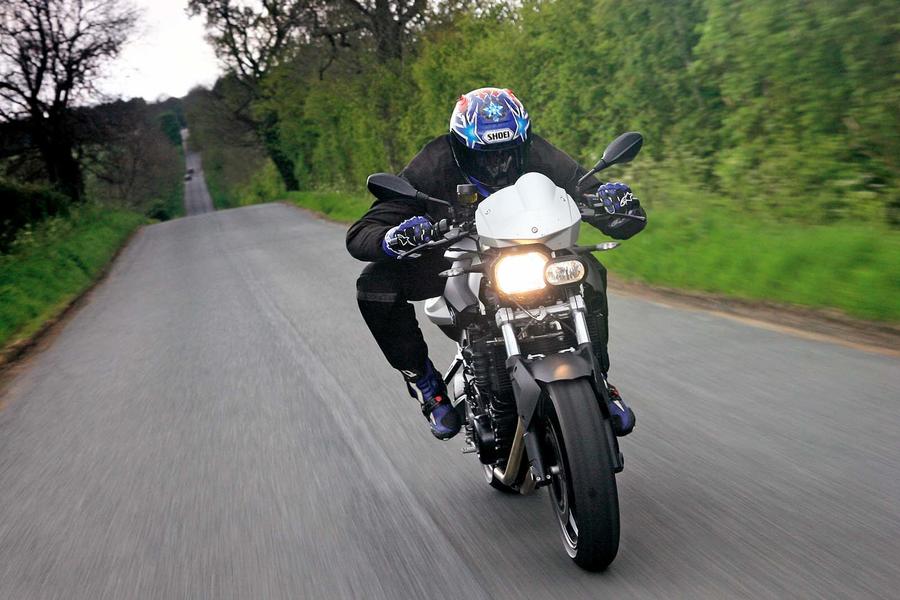
I think more us of do. There are 3.6 million motorbike licence holders in the UK, and a little over 40 million car licence holders. Ostensibly, that makes just under one to 10 riders to drivers.
There are six active riders across two Haymarket car magazine editorial teams, which would about match that ratio, but which I think is misleading.
There are 32.17 million cars on the roads but only 1.34 million bikes, so there are proportionally a lot more riders not riding than there are drivers not driving. If it’s reasonable to assume a lot of riders also drive, what that means is that the statistics are doing my head in but that I seem to know a lot of motorcyclists.
What’s the appeal? Northamptonshire puts ‘save time’ as its first reason to ride. I think this is the biggest myth in biking. A motorcycle can take 16-46% less time to cover the same trip through congested traffic than a car, it’s true. And the average commute is just under half an hour.
Let’s assume a third of it – 10 minutes – is congested. And let’s assume you’re flying through that on the bike. So riding is taking five minutes off of each commute. Bravo.
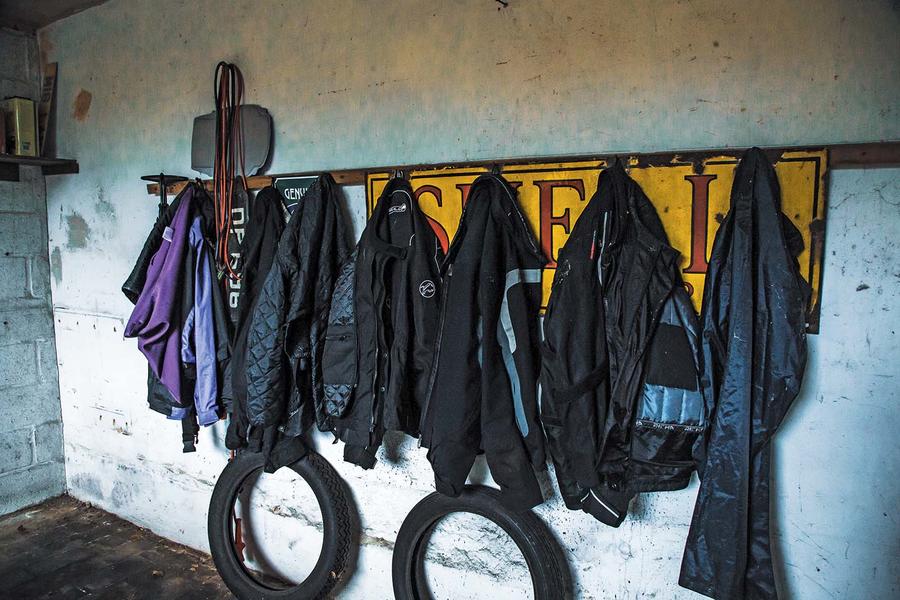
But bikers have got so much kit to get ready. The car’s probably already outside: the bike’s probably locked in the shed. You can’t just throw a lunch box onto the passenger seat. It has to be locked away in a bag. You can’t take a cup with you, so you’ve got to finish the coffee before leaving the house. Those work shoes won’t do for riding, so they need to be packed away.
And if you get into your riding clobber indoors, you’ll overheat and sweat, which will then chill you to the bone when the wind hits you while riding, so you only finally don your stiff armoured jacket just before strapping on your helmet, and given there are the work clothes, packed lunch and whatever else to carry to the bike, you’ve probably got to take several trips to and from the front door.
Then you’ve got to zip the house keys away securely, strap everything down, finally put on the jacket and helmet and… oh, you muppet, you forgot to put your earplugs in.
So, yeah, bikes take up less room on the road than cars and don’t get stuck in traffic. But while scooterists whose whole commute is in town will save time, if more of us in the ’burbs rode, we’d actually only shorten the commute times of drivers around us.
Then there’s time to look after a bike. They want more cleaning and lubrication. And unless you only ever ride, rather than have a car too, they cost money, not save it. Plus there are only a few months of the year when the temperature is ‘right’ for this. I don’t ride much in winter, or the wet.
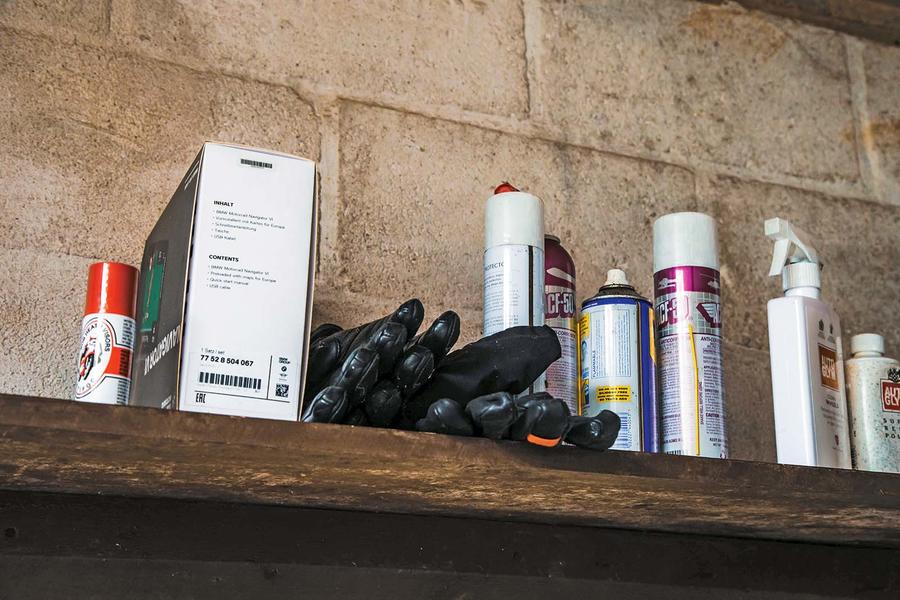
I get very miserable very quickly and having to sort wet bike clothes at work is a pain. Protective clothing on the hottest of summer days can be unbearable too, though. And, yes, I think we should admit it makes you a vulnerable road user: Steve and I have lost friends to biking accidents, and known more who’ve been injured in them. So if you’re not already a rider, I fear I’m not selling this so far.
But that would be a shame. Because forget about the idea of saving time and consider riding instead as one of life’s greatest ways to spend it. For me, riding has the essential pleasures of driving, multiplied.
I like the interaction between person and travelling device. I think it’s the same feeling that makes people want to ride horses, or bicycles, to drive steam trains, fly planes or helicopters or drive cars. I think ultimately it’s the same kind of pull for all of us: the enjoyable application of a skill that sees us go somewhere.
The bike gives me that feeling more than a car. Perhaps any car bar a go-kart, because there’s less of it, and the responses are more immediate. A big bike like my Honda Africa Twin weighs 220kg. That’s less than half of even the lightest car. Part of the appeal of it is how few superfluous things it has on it.
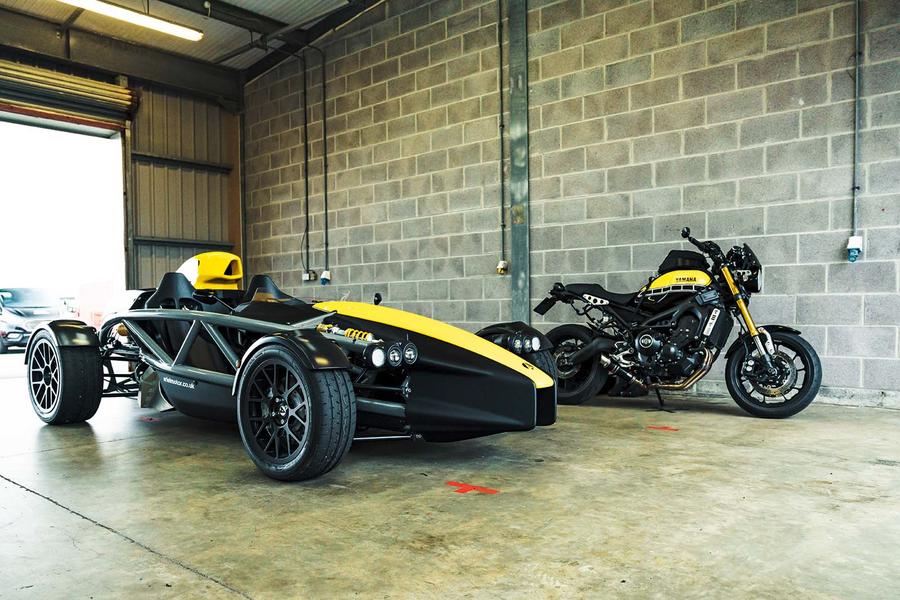
It was engineered to be only as big as it needed to be. Ariel’s Simon Saunders has designed lightweight bikes and cars. He knows the Atom doesn’t have much spare room, but said that finding “2mm in the battery box” of the Ace bike “was a cause for great celebration”. If you love engineering purity, you’ll love the idea of a bike.
And you’ll know what it feels like to interact with even if you haven’t ridden a motorbike, but have ridden a bicycle. In a car, your body movements change levers and wheels that move other components that turn other things that adjust speed or direction while you’re effectively static.
There’s still motive power on a bike too, but your body movements, particularly leaning, have a wonderfully direct influence on the direction you’re going.
It’s a bit of a cliché to say the bike feels like an extension of the person, that human and machine are as one, that it expands your mind. And it’s dreadfully pretentious too. But there’s something in it. And there is science behind it.
A Tokyo university study showed that riders in their forties increased cognitive function by riding to work for two months. A 2021 study in the journal Brain Research showed riding a bike decreased stress biomarkers by 25%.
“No lab experiment can duplicate the feelings that a motorcyclist would have on the open road,” said one of the professors behind it.
So it’s official. Bikes make you too cold, too hot, wet, they cost you time, cost you money, and make you more vulnerable. And they leave you far, far happier. I’ll be doing it as long as my legs will let me.
Steve Cropley on riding bikes
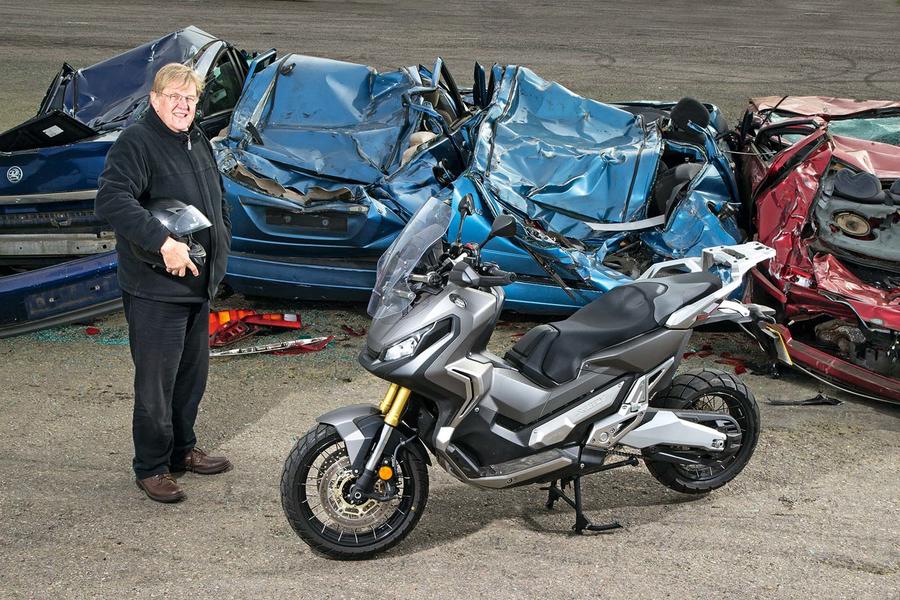
What I can never get over with bike travel is how much more directly you interact with the elements on a bike than in any car. You notice temperature drops at the bottom of valleys. You smell silage and harvested hay especially keenly. You’re very aware of road surface changes – for safety’s sake – and especially wary of damp patches under trees.
You sometimes hear birds singing in hedges, even over your own engine. You’re also very conscious of wind direction (it affects noise levels), and if you’ve ever ridden a long distance with both the sun and wind at your back, you’ll know how sublime that is.
Getting wet? It’s a risk, for sure, but these days wet gear is more effective than it’s ever been. But if you forget your protective stuff, as I’m inclined to do, you at least have recourse to the wry comment uttered by many a drenched biker: “Oh well, you only get wet once…”
How to get started
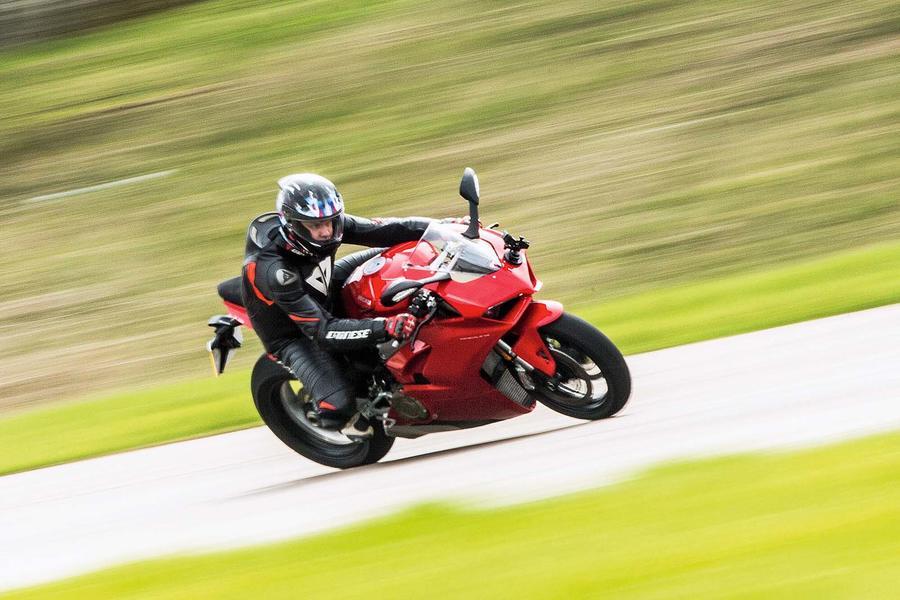
The good news is that if you fancy taking to two wheels, it’s actually quite simple to get started. In fact, if you passed your test before 2001, it’s likely that you can ride a 50cc machine on your car licence.
If you want something with a bit more power, taking to the road on a motorbike is easier than you might think once you’ve completed the Compulsory Basic Training (CBT) course.
During the day-long course, you’ll learn the fundamentals of motorcycling. You’ll start by getting to grips with the bike – while avoiding any Eddie Kidd-like stunts – through a number of different manoeuvres such as a figure of eight and an emergency stop.
Then you’ll apply the skills learned here during an on-road assessment. Throughout the course, you’ll need to show that you can ride competently and safely. A CBT licence is valid for two years and allows you to ride a 125cc or electric equivalent on the road with L-plates.
Source: Autocar
